Moving to a new country is an exciting adventure, but it can also present significant challenges, especially when it comes to language barriers. For families relocating to Australia, ensuring that children adapt smoothly to a new linguistic environment is crucial for their well-being and educational success. Here’s a guide to help you and your children navigate these language barriers and access the support you need.
Understanding the Language Landscape in Australia
Australia is a multicultural country with a rich tapestry of languages spoken across its states and territories. While English is the official language, many Australians speak a second language at home. This diversity can be both an advantage and a challenge for new arrivals. Understanding the language landscape will help you find the right resources and support systems for your children.
Enrolling in English Language Programs
1. English as an Additional Language (EAL) Programs: Most Australian schools offer EAL programs designed to help non-native speakers improve their English proficiency. These programs are tailored to different age groups and proficiency levels, ensuring that your child receives the appropriate support. Enrol your child in these programs as soon as possible to facilitate a smoother transition.
2. Language Support Centres: Many communities have language support centres that provide additional resources and tutoring for children learning English. These centres often offer after-school programs and weekend classes. Research and connect with local support centres to give your child extra help outside of school hours.
Engaging with the School Community
1. Communicate with Teachers: Establish open lines of communication with your child’s teachers. Inform them about your child’s language needs and any concerns you may have. Teachers can provide valuable insights and recommend specific resources or strategies to support your child’s language development.
2. Participate in School Activities: Encourage your child to participate in school activities and extracurricular programs. Engaging in sports, music, drama, or other clubs can help your child practice English in a social context and build confidence. It also provides opportunities to make friends and feel more integrated into the school community.
Utilising Technology and Online Resources
1. Educational Apps and Websites: There are numerous educational apps and websites designed to support language learning. Tools like Duolingo, Rosetta Stone, and BBC Learning English offer interactive lessons that can supplement your child’s schoolwork. These resources can make learning fun and engaging.
2. Language Exchange Platforms: Consider using language exchange platforms where your child can practice English with native speakers in exchange for teaching them your native language. This can be a mutually beneficial arrangement that enhances your child’s conversational skills and cultural understanding.
Seeking Professional Help
1. Speech and Language Therapists: If your child is struggling significantly with language acquisition, seeking help from a speech and language therapist can be beneficial. These professionals can assess your child’s needs and develop personalised strategies to improve their language skills.
2. Community Services: Local community centres and immigrant support organisations often offer services specifically designed to help newcomers. These may include language classes, tutoring, and mentoring programs for children. Reach out to these organisations to find out what assistance is available in your area.
Supporting Language Development at Home
1. Create a Language-Rich Environment: Encourage your child to read books, watch educational TV programs, and listen to music in English. Engage in conversations with your child in English as much as possible to reinforce their learning.
2. Maintain Your Native Language: While it’s important for your child to learn English, maintaining proficiency in your native language is equally valuable. Bilingualism can enhance cognitive skills and cultural awareness. Balance the use of both languages at home to support overall language development.
Navigating language barriers when moving to Australia can be challenging, but with the right strategies and resources, your children can thrive in their new environment. By enrolling in English language programs, engaging with the school community, utilising technology, seeking professional help, and supporting language development at home, you can ensure a smooth transition and set your children up for success. Embrace the multicultural landscape of Australia and take advantage of the diverse resources available to help your family integrate and flourish.

